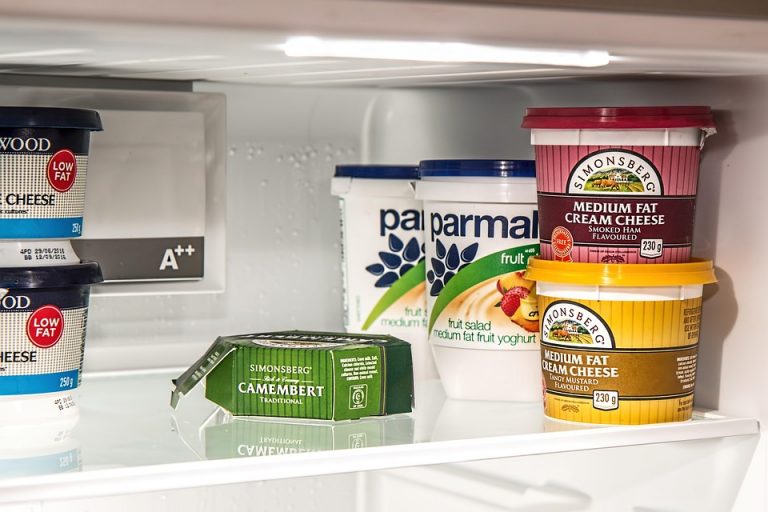Crypto day trading tips are practical, battle-tested strategies that help you navigate the chaos of crypto markets and protect your capital when volatility hits. Day trading crypto means you open and close positions inside the same day, chasing nimble moves and managing risk with precision. It matters because the market moves fast, and your mistakes can cost more than money—they cost confidence.
I’ve watched traders panic and rebuild. I’ve seen calm, steady methods beat frantic guessing. This piece gives you seven clear, persuasive, and usable tips to beat market volatility. Read them, practice them, and use them like tools. They work when used with discipline.
Contents
- Crypto Day Trading Tips You Can Use Right Now
- Psychology: The Hidden Edge
- Execution Checklist Before You Trade
- Bottom Line
- FAQ
Crypto Day Trading Tips You Can Use Right Now
Bold, street-smart, and emotional intelligence-driven trading wins. That’s the promise here. These are not academic theories. They are hands-on tactics shaped by market behavior research and trader-tested best practices. I’ll reference experts and studies along the way so you can trust what you’re doing.
1. Plan Your Day — Then Trade Your Plan
If you don’t plan, you’re planning to lose. Start your day before the bell (or before your screen lights up). Set clear entry and exit rules for each trade. Decide position size before you click.
– Use a written checklist for market conditions: trend, liquidity, news risk, and time of day.
– Limit the number of trades. Quality beats quantity.
– Keep a minimum stop-loss and a target profit on every order.
Behavioral research in trading shows that a disciplined routine reduces impulsive decisions and improves returns. When you write your rules, your emotions have fewer places to hide.
2. Size Positions With Mathematical Discipline
Your position size is the single strongest control you have over day-to-day survival. Use a percent-of-capital rule: risk no more than 1–2% of your account on any trade. That keeps a single loss from blowing you up.
– Calculate your risk in dollars per trade.
– Adjust size based on volatility: smaller sizes for high ATR (Average True Range).
– Reassess after wins and losses—don’t chase recovery with oversized bets.
Good money management lets you stay in the game long enough to let skill matter. That’s a lesson every experienced trader learns the hard way.
3. Trade Liquid Pairs Only
Liquidity is your friend. Trade coins with solid volume and narrow spreads. Thin markets amplify slippage and make stop orders unreliable. Stick to major pairs on reputable exchanges.
– Watch 24-hour volume and order book depth.
– Avoid newly listed tokens unless you understand the liquidity profile.
– Cross-check spreads at the time you trade; widenings often precede volatile moves.
Exchanges like Binance, Coinbase, and Kraken publish liquidity metrics you can use to compare pairs. The safer path is smaller but consistent wins on liquid pairs.
4. Use Technical Tools That Match Your Style
Indicators are not prophets. They’re tools. Choose a handful and master them. For day trading, combine trend indicators, momentum, and volume to confirm moves.
– Trend: EMA ribbons or a simple 20/50 EMA crossover.
– Momentum: RSI or MACD for overbought/oversold and divergence signals.
– Volume: On-balance volume or volume profile to validate breakouts.
Research on market microstructure supports volume as a crucial filter for reliable signals. When price moves on volume, it’s usually real. When it moves without, be skeptical.
5. Master Quick, Clean Exits
Exiting is as strategic as entering. The market doesn’t care about your thesis. If price proves you wrong, get out fast.
– Use limit and stop orders to remove emotion.
– Set trailing stops to protect profits when trades run.
– If a trade violates your plan, accept the loss and move on.
Emotional attachment kills portfolios. Professional traders treat losses like tuition—they pay to learn. Make your exits mechanical and unemotional.
6. Build A News Filter And Respect Macro Events
Crypto lives at the intersection of markets and headlines. Big announcements, regulatory shifts, or macro data can flip sentiment and blow up intraday setups.
– Use a curated news feed and turn on alerts for major projects and regulators.
– Mark macro events on your calendar: CPI, Fed decisions, and major token unlocks.
– Avoid entering new trades shortly before scheduled announcements.
A study of market reactions to news shows that volatility spikes around events and can persist for hours. Respect these windows and reduce size, or step aside entirely.
7. Keep A Trading Journal And Review Weekly
The best traders are relentless students. A journal reveals patterns in your wins and losses, your mental mistakes, and your edge.
– Log entries, exits, psychology, and what you learned.
– Review trades weekly for consistency and improvement.
– Focus on process, not just outcomes.
Evidence from behavioral finance finds that reflective practice improves decision-making under pressure. Writing down lessons embeds them in your behavior.
Tactics For Tough Markets
When the market shakes, the strong adjust. Here are quick tactics you can introduce without changing your whole plan.
– Tighten stops and reduce position size on days with high realized volatility.
– Favor mean-reversion scalps in choppy ranges; switch to breakout setups when momentum aligns.
– Use limit orders rather than market orders to control entry price.
Combine these tactics with your core rules. They keep you nimble without abandoning discipline.
Tools And Resources I Trust
Not all platforms are equal. Use tools that give reliable data and execution speed.
– Charting: TradingView for visual work and alerts.
– Order Execution: Use exchanges with low latency and good matching engines.
– Data: On-chain analytics from Glassnode or CryptoQuant for deeper context.
I link to these sources because they’re used by professionals and researchers alike. They help you see the bigger picture.
Psychology: The Hidden Edge
You can learn technical patterns and risk math, but if your mind betrays you, none of it matters. Trading psychology is where durable profits are forged. Train your emotional responses like a muscle.
– Use breathing and short breaks to reset after losses.
– Avoid revenge trading; set a cooling-off rule after a loss.
– Keep realistic expectations: day trading is a grind, not a shortcut.
Neuroscience research shows that stress narrows attention and increases risk-taking. Keep your baseline calm and your risk small enough to maintain composure.
Execution Checklist Before You Trade
– Confirm trend and time-frame alignment.
– Verify liquidity and spread.
– Set stop-loss, take-profit, and position size.
– Check news and macro schedule.
– Execute with discipline.
This checklist is your last line of defense. Use it without exception.
Bottom Line
Bold trading doesn’t mean reckless. The best approach blends discipline, size control, liquidity awareness, and emotional mastery. These seven crypto day trading tips are compact, practical, and backed by behavioral and market research. Use them, practice them, and protect your capital like you mean it. Trading is a craft—it rewards the patient, the prepared, and the disciplined.
Be brave, be smart, and trade with a plan.
FAQ
How Much Capital Do I Need To Start Day Trading Crypto?
Start with an amount you can afford to lose while you learn. Use small position sizes and risk a fixed percent per trade. For serious, consistent trading, having a few thousand dollars reduces the noise of fees and slippage.
Which Coins Are Best For Day Trading?
Choose coins with high daily volume and tight spreads. Major tokens like Bitcoin and Ethereum are common choices, but some altcoins can be suitable when they show strong liquidity on reliable exchanges.
Can I Day Trade Without Technical Indicators?
Yes. Price action and volume alone can be powerful. Indicators help confirm what price is telling you, but they should never replace clear observation of market structure.
How Do I Control Emotions During A Losing Streak?
Stick to your size and stop-loss rules, take breaks, and review your journal objectively. If losses mount, reduce size or stop trading for a day to reset mentally.
Visual line above to separate content.
References
The CoinDesk website provides timely market analysis and news that traders often use to understand market-moving events (http://www.coindesk.com).
Glassnode offers on-chain data analysis that professional traders and researchers use to gauge network activity and liquidity (http://www.glassnode.com).
A behavioral finance overview from the CFA Institute details how psychology affects trading decisions and risk management (http://www.cfainstitute.org).
Binance Research publishes reports on liquidity and market structure that are helpful for active traders planning execution (http://research.binance.com).
Nature Human Behaviour covers peer-reviewed research on decision-making under stress, which is relevant to trading psychology (http://www.nature.com/nathumbehav).








